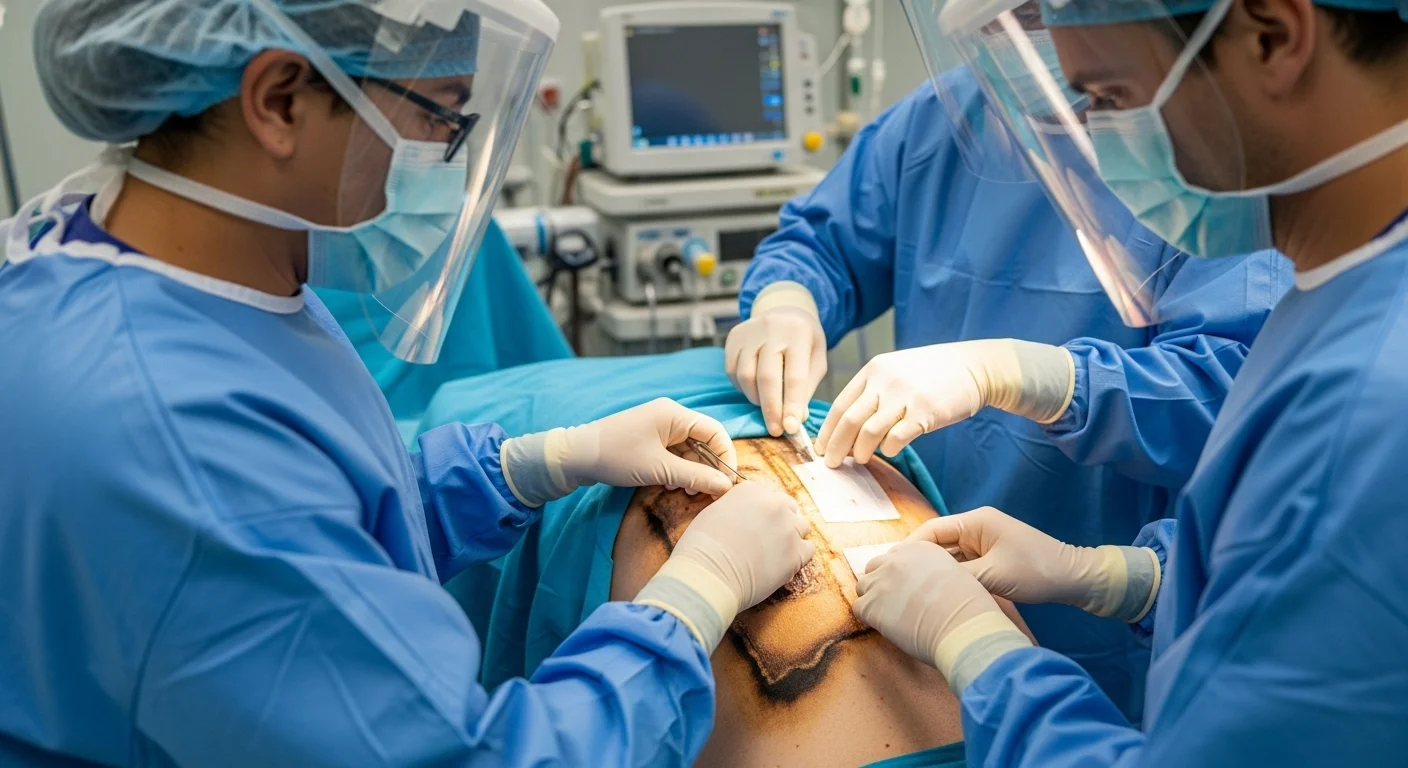Sunscreen Fail: Baby Burned Despite SPF 50 – What Went Wrong?
The importance of sunscreen is widely known, but a recent incident highlights a critical gap in understanding how these products truly work. A 12-month-old baby suffered severe burns, including blisters, despite the application of a children’s SPF 50 sunscreen. This raises serious questions about the actual protection sunscreens offer and the awareness consumers have regarding their limitations.
The incident occurred in Scotland on a day that was far from sunny. The mother, concerned about potential UV exposure, diligently applied a children’s SPF 50 sunscreen, marketed as gentle on the skin, to her baby’s face and hands before a three-hour outing. Despite the cloudy weather and relatively short exposure, the baby developed significant blistering burns.
The Shocking Aftermath and a Mother’s Regret
The mother described waking up to find her child’s face covered in large blisters, prompting an immediate trip to the hospital. The child was diagnosed with significant skin damage, likely second-degree burns, and treated with anti-inflammatory ointment. Doctors advised strict avoidance of sun exposure for two weeks.
The mother expressed her shock and regret, stating that she trusted the "children’s" and "SPF 50" labels. She learned a harsh lesson about the importance of checking UVA ratings before purchasing sunscreen. "It’s not just about applying sunscreen," she emphasized, "but about carefully considering the ingredients and the range of protection it offers."
Beyond SPF: Understanding UVA Protection
This case is particularly concerning because the burns occurred despite cloudy weather and the use of SPF 50 sunscreen. Experts emphasize that SPF only measures protection against UVB rays, which are primarily responsible for sunburn. It doesn’t fully address UVA rays, which can penetrate clouds and cause deeper skin damage, premature aging, and contribute to skin cancer.
The specific sunscreen used in the incident reportedly had a relatively low UVA star rating (3 out of 5). This means its protection against UVA rays was limited. UVA rays can penetrate deeper into the skin, even on cloudy days, making comprehensive protection crucial.
Choosing the Right Sunscreen: What You Need to Know
Dermatologists recommend looking beyond the SPF number and considering the following when choosing a sunscreen:
- UVA Protection: Look for broad-spectrum sunscreens that protect against both UVA and UVB rays.
- PA Rating or UVA Star Rating: Check for PA ratings (PA+, PA++, PA+++, PA++++) or UVA star ratings, which indicate the level of UVA protection.
- Physical Sunscreens: For babies and young children, physical sunscreens (mineral sunscreens) containing zinc oxide or titanium dioxide are often recommended. These create a physical barrier on the skin and are generally considered gentler than chemical sunscreens.
- Application and Reapplication: Apply sunscreen liberally and reapply every two hours, or more frequently if swimming or sweating.
This incident serves as a stark reminder that sunscreen selection should be based on more than just the SPF number. Understanding the different types of UV rays and choosing a sunscreen that offers broad-spectrum protection is essential, especially for vulnerable populations like babies and young children. It’s a crucial lesson for all parents and caregivers seeking to protect their loved ones from the sun’s harmful effects, even on cloudy days.




